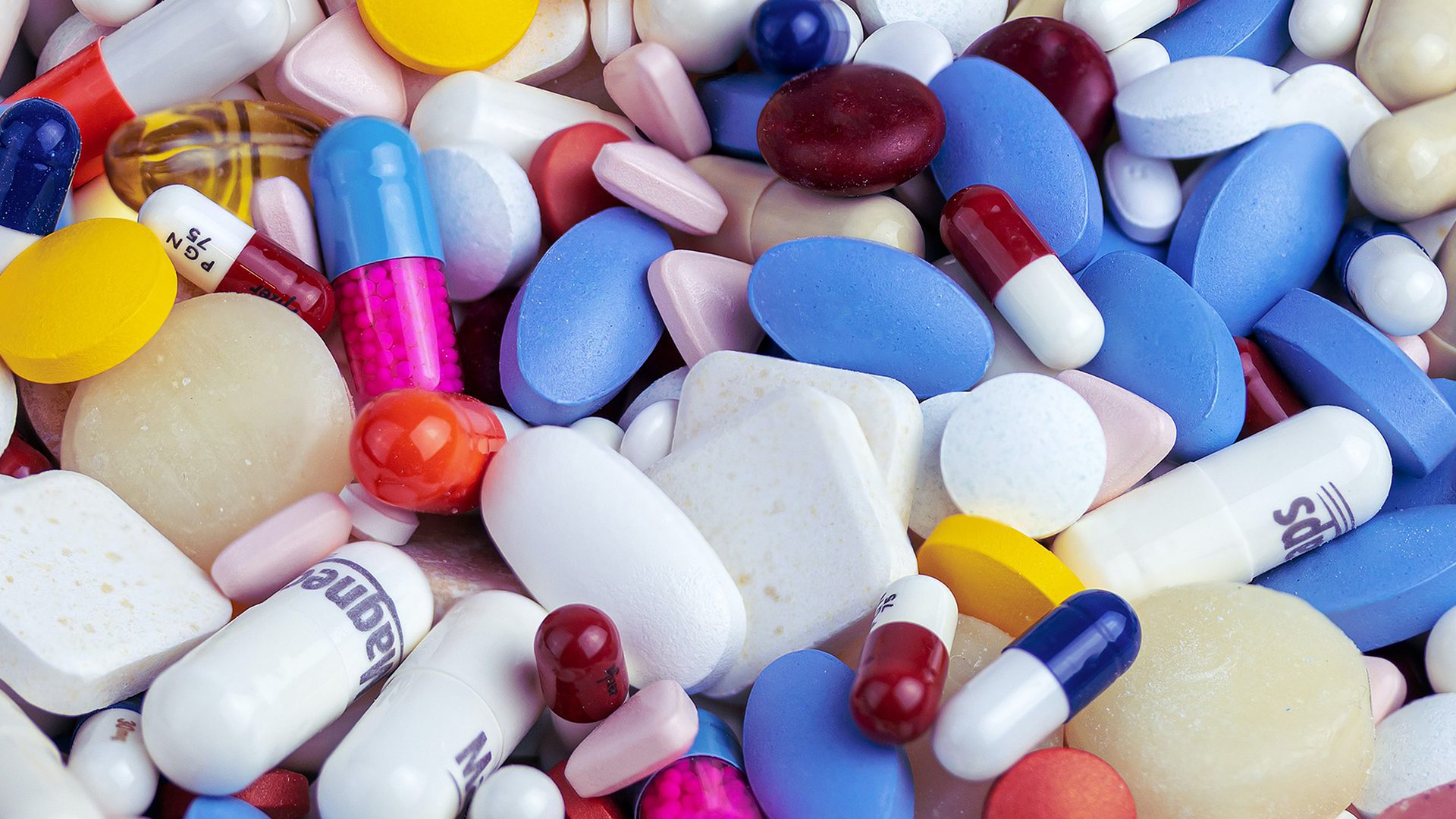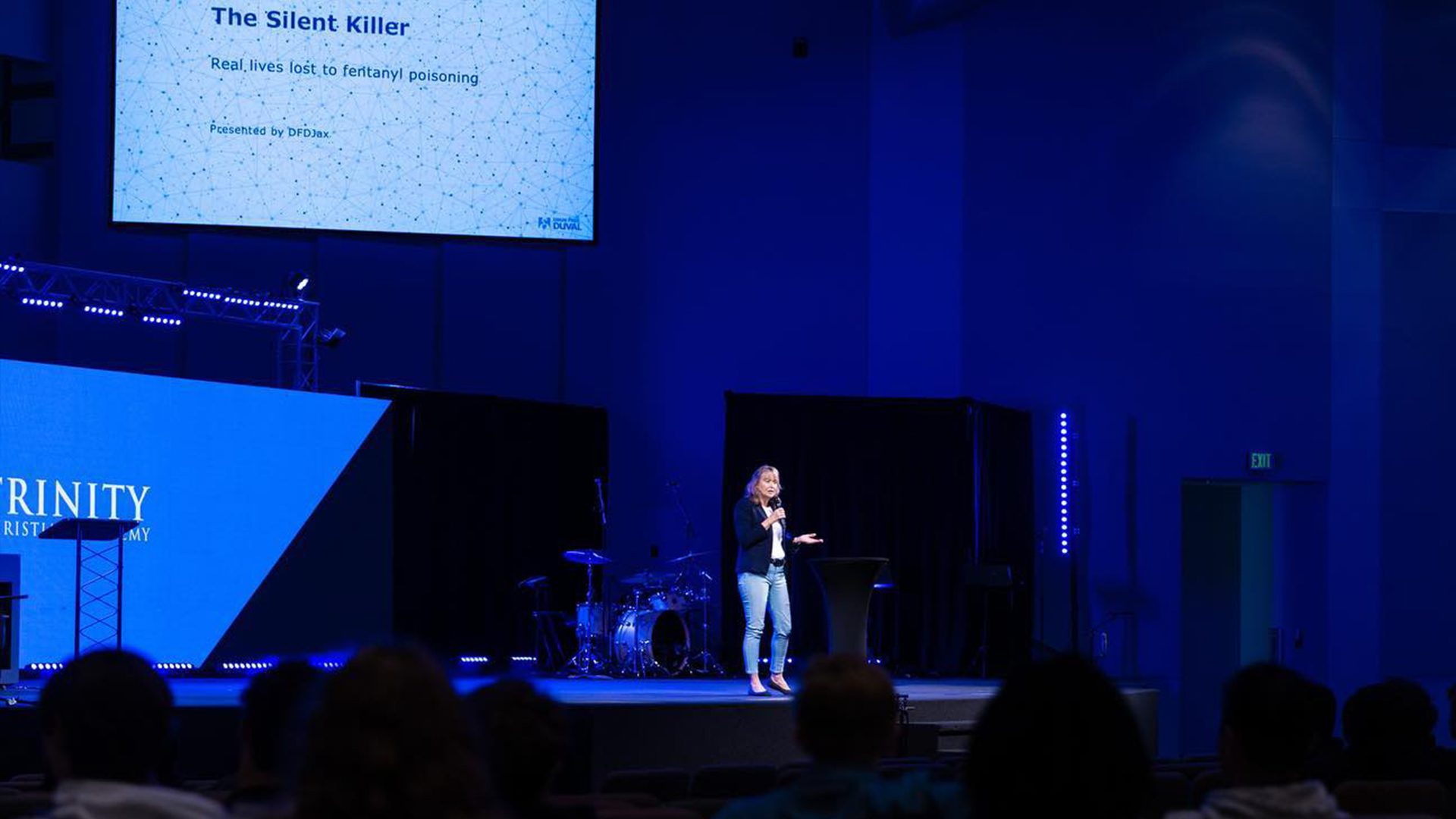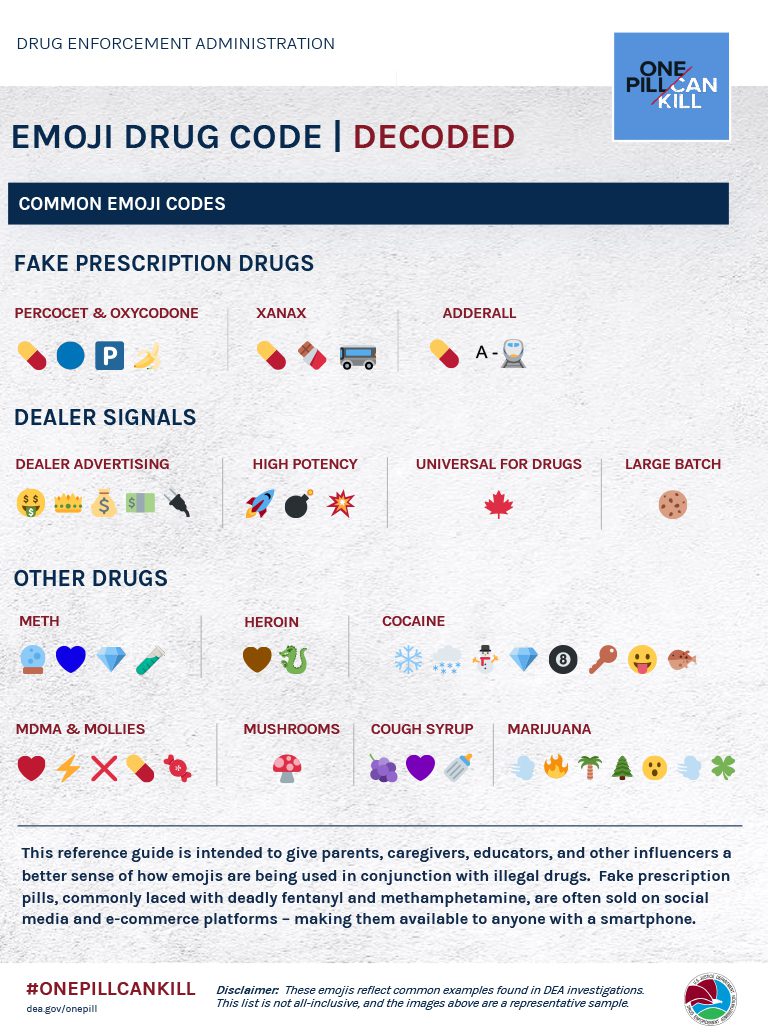Opioid Overdose Prevention

The opioid epidemic continues to wreak havoc in the lives of Americans. According to Centers for Disease Control and Prevention, in 2021, nearly 107,622 people in the United States died from opioid-involved overdoses. Furthermore, the misuse and addition to opioids—inclusive of prescription pain relivers, heroin, and synthetic opioids such as fentanyl—pose threats to the social and economic welfare of people across the nation regardless of race, gender, income, or lifestyle.
Trinity Christian Academy brought together leaders across Northeast Florida to discuss the opioid crisis plaguing our country, but more personally our friends, families, and perhaps even ourselves. They talked about how drug abuse occurs, what opioids are (with a focus on fentanyl), signs of overdose, and useful resources.
Speakers:
- Lisa Dilworth, Prevention Specialist, Hanley Foundation
- Sally Finn, Executive Director, Drug Free Duval
- TJ Ward (TCA Alum), North Florida Director of Advocacy, Project Opioid



Below are some highlights from the event.
The speakers defined drug abuse as (1) taking more or taking less than what is prescribed, (2) taking someone else’s medication or sharing your medications, or (3) mixing medication(s) with other drugs or alcohol. Often when doctors prescribe medications for someone, they consider factors such as gender, age, weight, height, allergies, preexisting conditions, overall medical history, and any other medications a patient is taking. Prescriptions, which need to be written by either a doctor, a physician’s assistant or a nurse practitioner overseen by a doctor, must be filled by a licensed pharmacist. These medications may include stimulants, which excite bodily function; sedatives, which can slow brain function; and opioids, which are used to reduce moderate to severe pain.
Opioids can be considered Illicit medications with the same side effects as the prescribed medication that are synthetically made in non-approved labs or on the street. These medications affect the body by attaching to opioid receptors in the brain that block pain messages sent from the body through the spinal cord to the brain. This is especially harmful to youth since the brain is not fully developed until about the age of 25. So, the sooner someone starts to use drugs, such as opioids, the more potential it has to impair and damage brain functioning. Some common signs of opioid overdose include
- Pinpoint pupils
- Lack of consciousness and possibly unresponsive
- Slow or erratic pulse
- Bluish/purple or grayish/ashen skin and nail tones (depending on the complexion)
- Choking
- Vomiting
Fentanyl, a deadly synthetic opioid, is clinically used to rapidly treat pain or control breakthrough pain and often used with anesthesia. While fentanyl has a short duration for how long it works, it is still 80 to 100 times stronger than morphine. Fentanyl is so potent, that a dose the size of 3 salt grains can cause an overdose or death. Currently, drug dealers are mixing fentanyl into pills that resemble prescription medication and selling it on the street. Fentanyl poses a silent killer because you cannot see, smell, or taste it. In fact, the Drug Enforcement Agency (DEA) found that 4 out of every 10 pills with fentanyl contain a potentially lethal dose.
Knowing this information, what can parents, friends, and other family members do to protect their loved ones?
- Always check warning labels on the sides of any medications before taking it
- If you have questions or concerns about the medication, ask the pharmacist
- Use resources from the DEA, such as the “One Pill Can Kill” Campaign focused on fentanyl poisoning
Specific guidance for parents include
- Being aware of the common Emoji Codes used for drugs, such as fake prescriptions, by dealers
- Having a code to get your child(ren) out of uncomfortable situations quickly, without peer involvement
o For example, a child texting the letter “X” to a parent/caregiver can signal the child needs to be picked up immediately or for a parent to wait 10 minutes to call the child with a fictitious emergency that requires them to pick up the child right away - Suggesting you child(ren) attend free events presented by the Duval County Co+Lab, a collaboration led by teens with the mission to raise awareness about whole health on a variety of teen-centered issues
TCA hopes providing valuable education such as this will continue to uplift our communities and equip them with the tools and knowledge to fight the opioid epidemic—and win.


